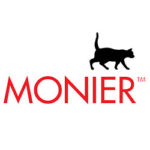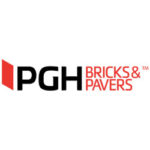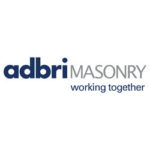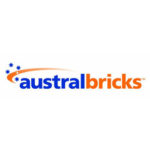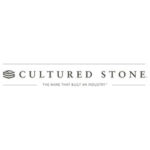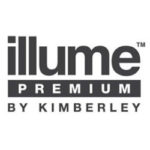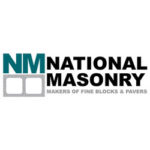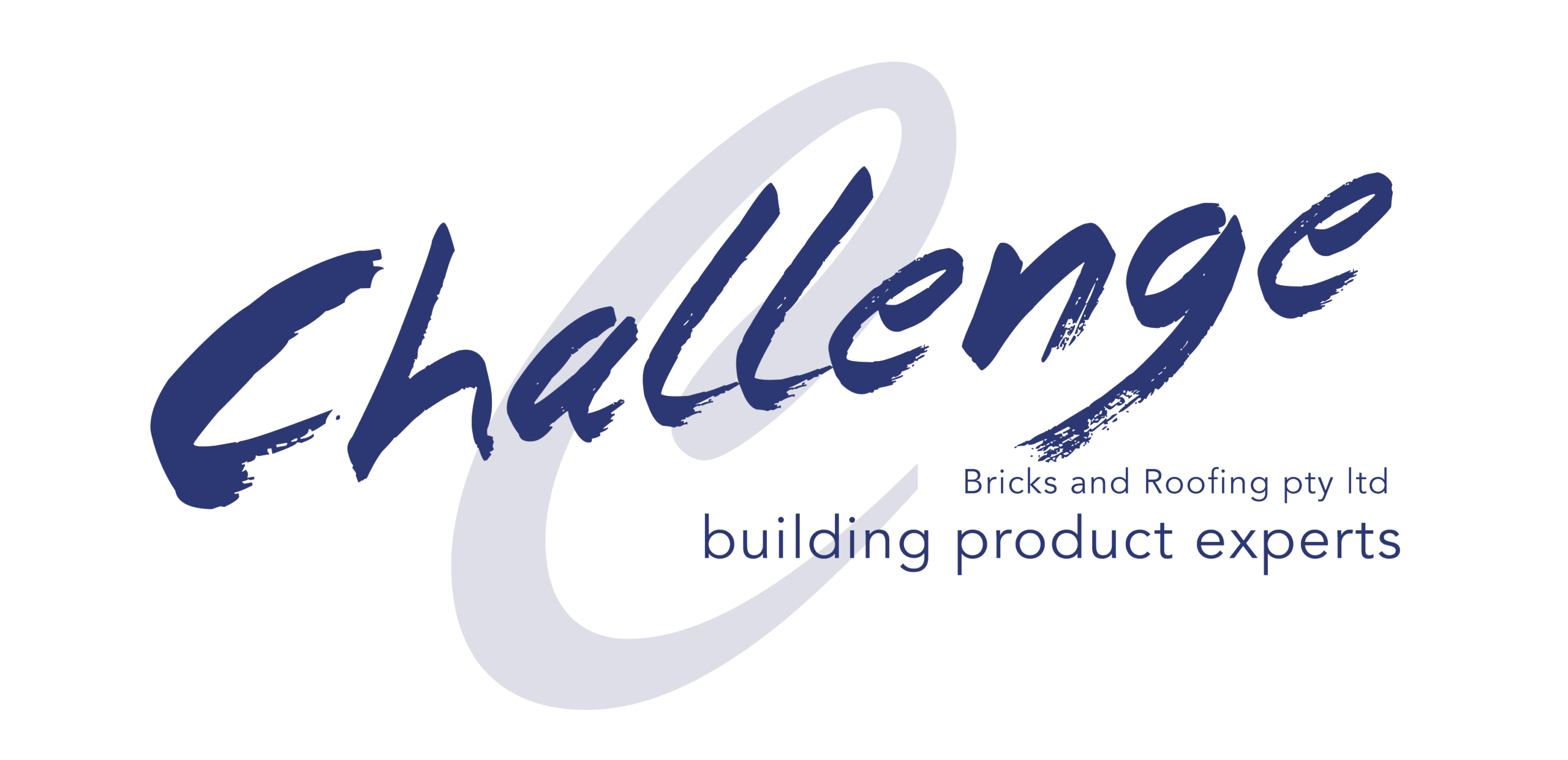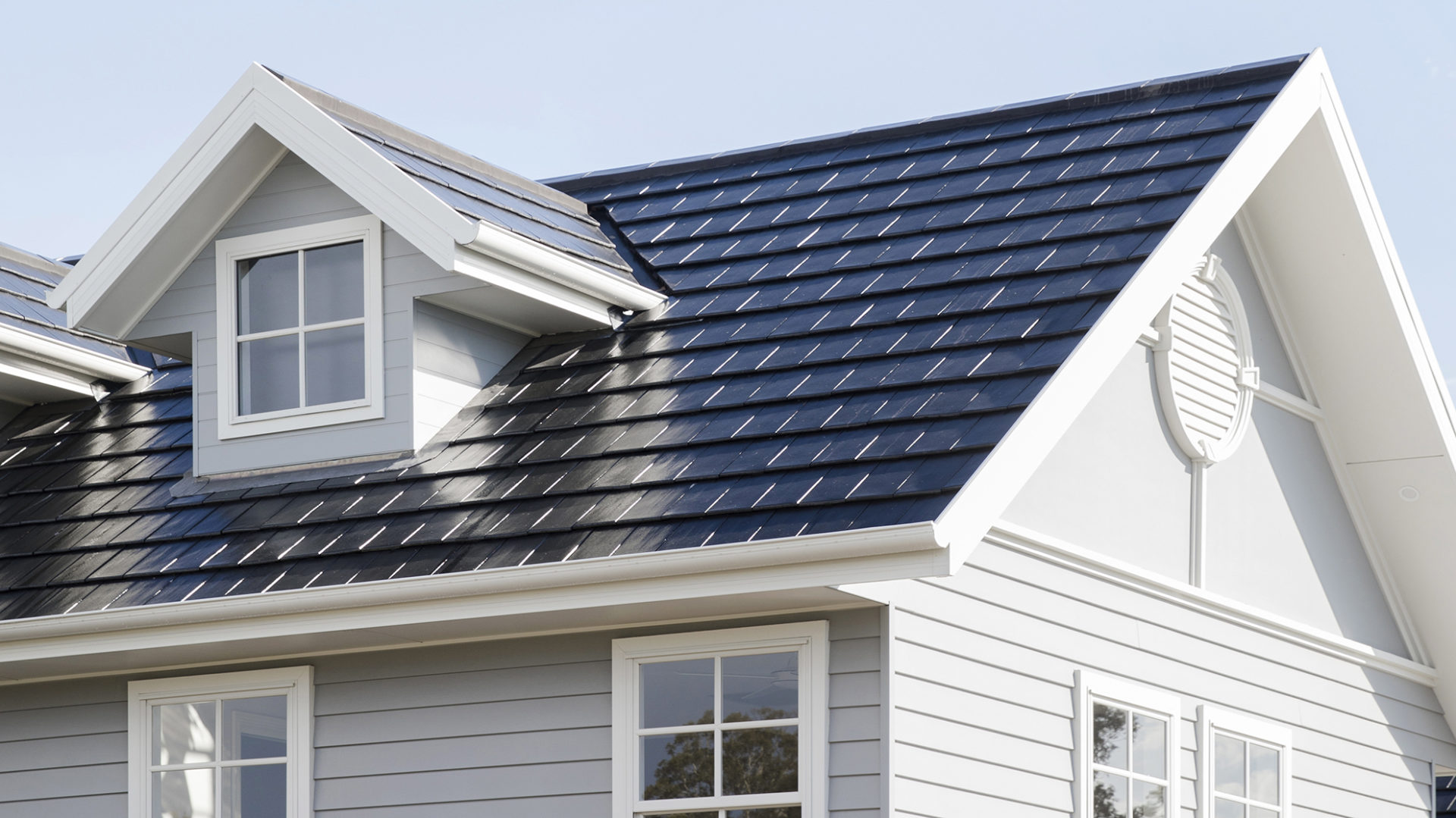A. Maintaining tiles requires minimal effort. However if your roof is old or you’d like to get it checked after storm damage, we recommend contacting a roof maintenance specialist who understands the correct safety procedures to inspect your roof.
A. Lichen or moss can start to grow on tiles after long periods but does not in any way indicate deterioration or affect the performance of tiles. It can be easily removed with a high pressure cleaner by a professional cleaning contractor.
A. Depending on the material and method used it is completely acceptable to spray concrete roof tiles. However never spray terracotta as it would interfere with the natural quality of the clay and over time will peel away from the glazed surface.
Before you paint your roof, contact us to give you advice about spraying and cleaning your roof.
A. Bring your plans into us or contact us on 03 5943 1113 and we can provide an accurate cost estimate on site. There may be surprisingly little difference between the cost of respraying and installing new roof tiles.
A. Concrete tiles are not glazed so like all exterior building materials they are subject to UV radiation and atmospheric pollutants. As a result they will weather with age to a matt finish and will lose some colour over time. Terracotta tiles are kiln-fired with a vitreous coating that makes these tiles resistant to harsh UV exposure and pollutants.
A. A new home is an investment for your future. It makes sense that people protect their investment from damage and deterioration from the very start.
Sarking is a thermal barrier, water-resistant, dust resistant and a fire retarded membrane; its use is recommended under all roofing materials. This reflective foil insulation is recommended for all tiled roofs to enhance energy efficiency and weather-proofing.
A. Sometimes the natural mineral salts in concrete can migrate to the surface in the form of a whitish grey discolouration called efflorescence. This is not harmful, has no impact on the performance of the tile and will weather away over time.
A. This is the Victorian standard for all new homes and apartments from July 2005. Collaboratively established by the Building Commission, Sustainable Energy Authority and Plumbing Industry Commission, it requires that all new houses and apartments meet a 5 Star energy efficiency rating plus either have a rainwater tank for toilet flushing or a solar hot water system.
A. The Nationwide Housing Energy Scheme (NatHERS) and Building Energy Rating Scheme (BERS) are energy simulation computer programs that provide thermal ratings for homes. They are employed during the design stage to enhance the energy efficiency of a new development.
A. The average roof is around 210 square metres, which takes approximately two days to install and fix. Allow another day for every additional 100 square metres.
A. Have peace of mind in collecting water from tiled roofs, as it will be compliant with World Health Organisation standards for drinking. Water collected on new roof tiles is non-toxic and safe to reuse.
A. With advanced firing techniques and the extreme firing kiln temperature, both concrete and terra cotta are available for use in coastal areas.
A: 230 x 76 x 110mm. Of course, not everyone follows these measurements to the letter, but this is the ‘Australian Standard’.
A: These are bricks built to withstand saline (salty) environments and their exposure grading is determined by a lab test. They are recommended when building up to 1km from a surf coast or up to 100m from a non-surf coast.
A: The most common mix is a) one-part cement, b) one part lime and c) six parts sand (M3 1:1:6, though the ‘Australian Standard’ lists 7 other mix options). Whichever mix you choose; however, we strongly recommend one containing lime as it makes the mortar more durable and less prone to cracks.
A: ‘Thermal Lag’ is a term used to describe the way bricks both absorb and release heat slowly (hence the ‘lag’ part). It helps keep brick homes cooler in summer and warmer in winter.
A: The best time to clean brickwork is while it is being laid. Mortar smears should be cleaned as soon as possible using a scrubbing brush, running water and a sponge. If mortar hardens, acid cleaning can be used, but only as a last resort.
We strongly recommend that you refer to the Clay Masonry Cleaning Manual prior to cleaning your bricks. This can be obtained from the Think Brick Website – www.thinkbrick.com.au Refer to the Technical Manuals Section.
A: PGH and BRICKWORKS’s bricks are made from clay, shale and other minerals that are moulded into the ‘brick’ shape then fired (cooked) at temperatures up to 1200°C.
A: Actually they’re better. Thanks to improved technology, not only are today’s bricks are stronger than ever before, they also come in a wider variety of colours and textures.
A: A brick’s ‘face’ is the side designed to be seen. Most bricks only have one ‘face’ and therefore it is important that bricklayers lay them correctly.
A: Bricks with holes (or ‘extruded bricks’) are manufactured with these holes to ensure that when they are fired, they cook evenly. The holes, up to 30% of material thickness, have no effect on the insulation or fire resistance of the brick (as confirmed by Australian Standards).
A: Yes. In fact, bricks are one of the few construction materials that can. The only circumstance where a brick might not be suitable for reuse is if that brick was not manufactured for a saline environment or wasn’t intended to be a ‘face’ brick.
A: Absolutely. Bricks have a remarkably low environmental cost, an extraordinary long life. Their thermal mass even reduces the need for artificial heating and cooling.
A: When designing energy efficient buildings, the architect and consulting engineers need to be able to calculate the heat loss or gain of materials used to construct the buildings. This is why building materials are categorises into 3 categories: Light (L), Medium (M) and Dark (D). Light coloured being a low solar absorptance and Dark coloured being a higher solar absorptance.
If you have a specific question about roofing, please contact us for expert advice.
